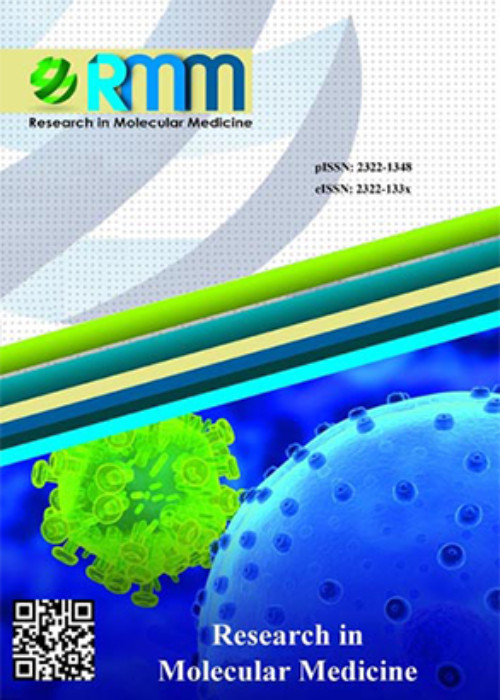Isolation and Identification of a Rare Actinomycete with Antibacterial Activity from Saline Region of Iran
Author(s):
Abstract:
Background
The appearance of multi-drug resistant microorganisms is becoming a global problem. Already several strategies have been employed to overcome antibiotic resistance issue. Developing new antimicrobial compounds from microbial sources could be a beneficial solution. Hence screening programs in order to discover new antibiotics from microbial entities are interesting. Because of high capabilities of extremophiles for adaptation to harsh environmental conditions, the microbial communities of the extreme environments could be regarded as rich resources for new antibacterial metabolites.Materials And Methods
In this research different saline environments of Iran have been subjected to screening of antibiotic producing actinomycetes using overlaid method after the ingredient optimization of culture media. The strain which was shown pronounce inhibition zone in the screening step, has been phylogenetically analyzed followed by studying the effect of agar concentration and cultivation time on the production of antibacterial agent(s).Results
The strain RS1, a rare actinomycete, had antibacterial activity against Escherichia coli (PTCC 1330) and Bacillus subtilis (PTCC 1023) and taxonomically belongs to the genus Amycolatopsis with high similarity of 99.6% to Amycolatopsis coloradensis IMSNU 22096T based on sequencing of 16S rRNA gene nucleotide. The zone of growth inhibition of E.coli was the widest when the base layer had contained 1.2% agar, while no significant differences were observed on anti-gram-positive bacterial assay. This strain produced the antibacterial agent at the highest level after 5 days when B. subtilis was used as an indicator, but the production of antibacterial agent active against E.Coli was reached to its highest level on the 3rd days of cultivation and then was decreased significantly.Conclusion
Due to the results of agar concentration and time course study as well as possessing activity against both Gram-positive and Gram-negative indicators, it could be concluded that the previously discovered active agent, avaporcin, produced by Amycolatopsis coloradensis which is active only against Gram-negative bacteria, is not the same bioactive compound or , at least, the only bioactive compound produced by RS1 strain and it is worth further investigation in order to purify and identify the active agent. Keywords:
Language:
English
Published:
Research in Molecular Medicine, Volume:4 Issue: 3, Aug 2016
Pages:
10 to 16
magiran.com/p1644765
دانلود و مطالعه متن این مقاله با یکی از روشهای زیر امکان پذیر است:
اشتراک شخصی
با عضویت و پرداخت آنلاین حق اشتراک یکساله به مبلغ 1,390,000ريال میتوانید 70 عنوان مطلب دانلود کنید!
اشتراک سازمانی
به کتابخانه دانشگاه یا محل کار خود پیشنهاد کنید تا اشتراک سازمانی این پایگاه را برای دسترسی نامحدود همه کاربران به متن مطالب تهیه نمایند!
توجه!
- حق عضویت دریافتی صرف حمایت از نشریات عضو و نگهداری، تکمیل و توسعه مگیران میشود.
- پرداخت حق اشتراک و دانلود مقالات اجازه بازنشر آن در سایر رسانههای چاپی و دیجیتال را به کاربر نمیدهد.
In order to view content subscription is required
Personal subscription
Subscribe magiran.com for 70 € euros via PayPal and download 70 articles during a year.
Organization subscription
Please contact us to subscribe your university or library for unlimited access!


